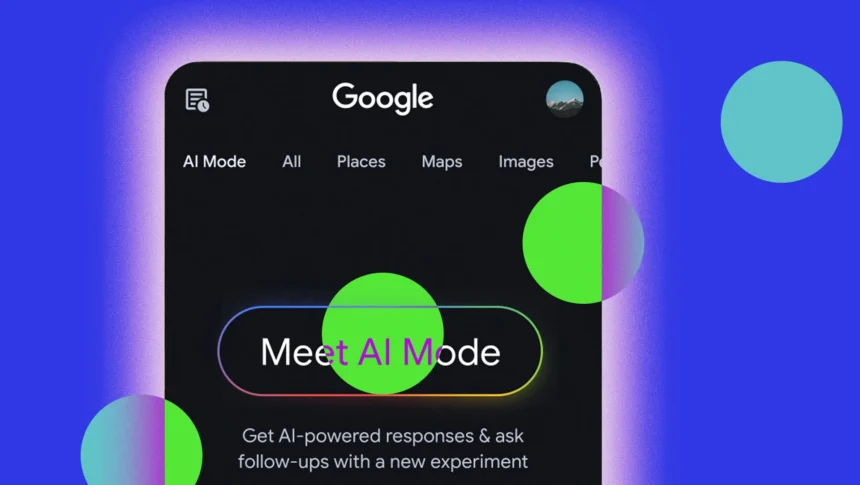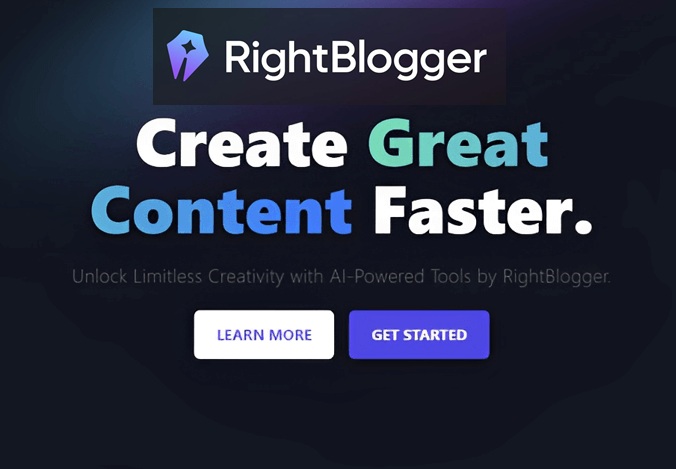SAN FRANCISCO – Google introduced AI Mode at its I/O event, signalling a major change in how people use search. Liz Reid, who leads Google Search, called it “the future of Google Search.” With the increasing reliance on technology, understanding this shift is crucial for both users and content creators alike.
Powered by a special Gemini 2.5 model, AI Mode shifts search from plain lists of links to a more interactive and helpful experience with answers that feel more human and tailored. This advancement not only enhances user experience but also raises questions about how businesses can optimise for these new search dynamics.
This feature, now available to all users in the US, brings a more personal and easy-to-use way to search for information. Here, readers will find out what AI Mode does, its effect on future search habits, and what it could mean for SEO. As Google evolves, staying informed about these changes is vital for marketers and content creators.
What is AI Mode?
AI Mode is an optional setting users can find in its tab on Google Search and the Google app. Instead of using short keywords and scrolling through endless links, AI Mode lets people use natural language and multi-step questions. The system uses advanced reasoning, can understand both text and images, and pulls in the latest information on the spot. This makes AI Mode a revolutionary tool in connecting users with the information they need.
For instance, if someone writes, “I have a red, itchy rash on my arm and feel dizzy. Is this an allergic reaction? What should I do?” AI Mode can handle the full question, even if pictures are uploaded, and offer clear, helpful answers with links to learn more. This level of interaction exemplifies how AI can bridge the gap between users and the vast information available online.
This feature builds on “AI Overviews” from 2024 but brings more advanced support. Using a “query fan-out” method, it splits a complex question into smaller topics and searches for multiple answers in one go. This technique enhances the efficiency of search results, making information retrieval faster and more precise, which is essential for today’s fast-paced environment.
This makes it easier to answer tricky, layered questions that would have needed several separate searches before. AI Mode also works with many types of input, like text, pictures, voice, and live video through Google Lens. This helps with research, planning a trip, or finding out more about difficult subjects, catering to diverse user needs and preferences.
New updates include “Search Live,” which lets users interact with things through their phone camera. It also links directly with the Google Shopping Graph, so people can do things like buy concert tickets or find local shops with just a few taps.
By looking at a user’s past searches and behaviour, Google can offer results that feel more personal and relevant. With these changes, AI Mode now rivals AI-driven search services like ChatGPT and Perplexity, marking a significant shift in how we perceive and utilise search engines.
The Future of Searching
AI Mode is moving Google closer to acting as a smart assistant, not just a tool for finding information. Search habits are changing, with users now sending in longer, more detailed questions—often twice or three times as long as before. This evolution indicates a deeper engagement between users and search technology, enhancing the overall experience.
They can have a back-and-forth with Google, asking for more details without starting over. This shift mirrors wider trends, with about 29% of Gen Z already using AI to help with things like checking health symptoms. There’s a clear move towards direct, clear answers instead of clicking through lots of web pages, emphasising the necessity for concise and accurate content.
This new way to search does raise some concerns, though. By giving answers right on the search page, AI Mode increases the number of “zero-click” searches, where people get what they need without leaving Google. This phenomenon could reshape the landscape of online content consumption and SEO strategies.
Recent data shows about 60% of searches now end without a site visit, a figure likely to keep rising as AI Mode becomes standard. This may lead to less web traffic for content creators and sites, requiring a reevaluation of content marketing approaches moving forward.














